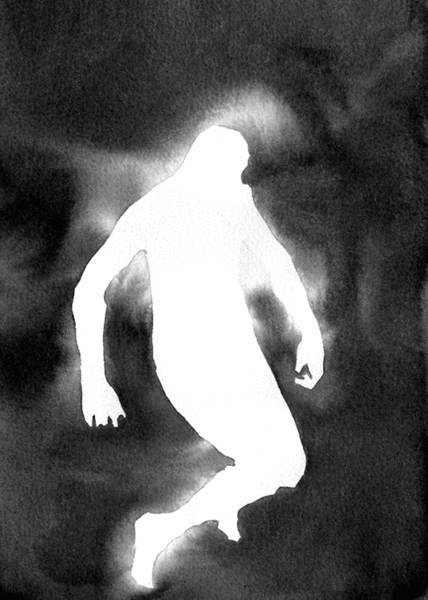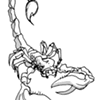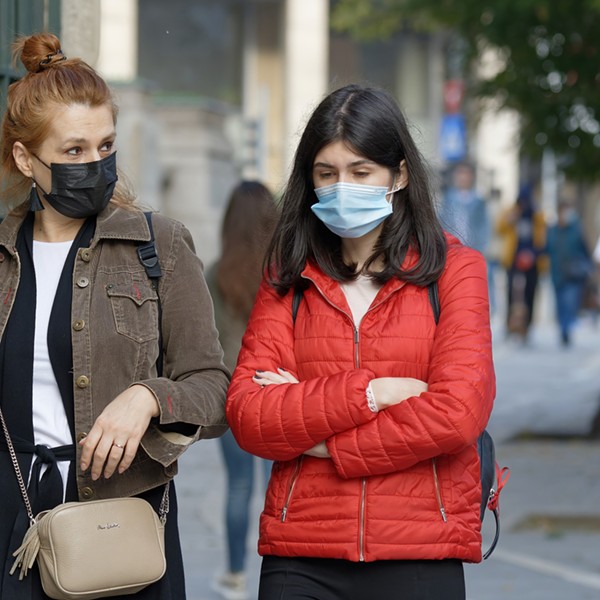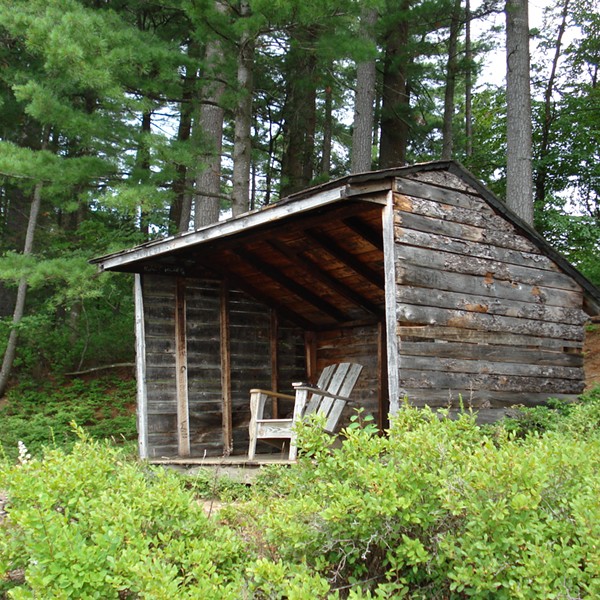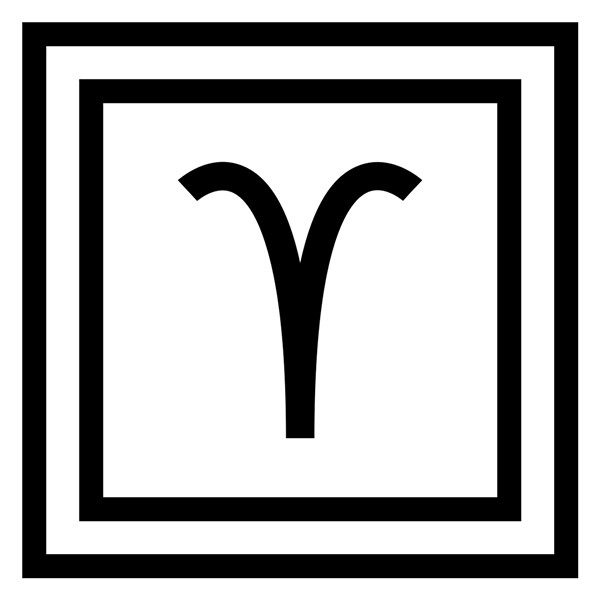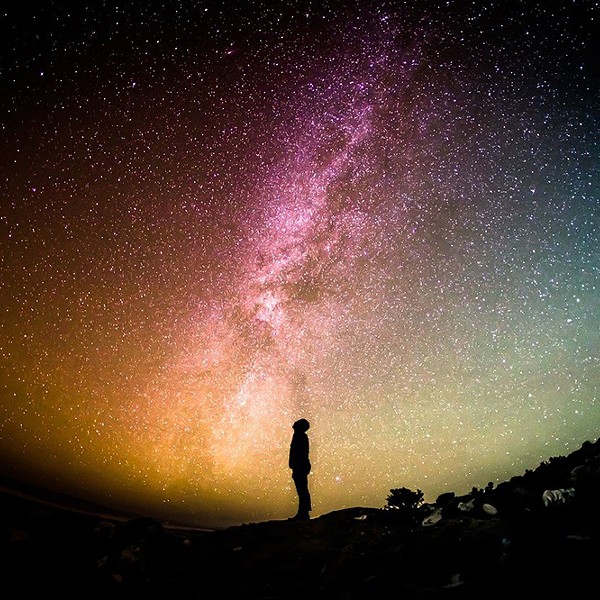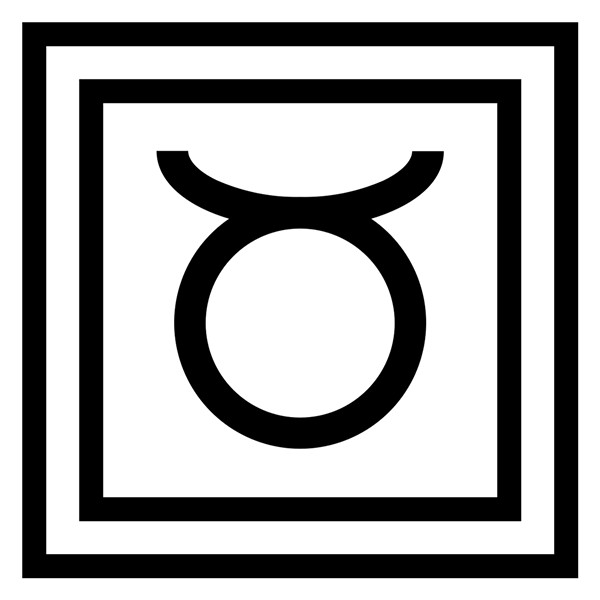On September 30, I drove down to New York City and then to Long Island on a mission to visit my parents and collect the bits of my property that were scattered around the New York area. After nearly a decade of living in many cities and countries, I have decided to make New York my home. When people say I’ve come back to New York, I politely correct them and say I’ve come forward.
It was the first time I had seen both of my parents on the same day since (as best I can reckon) the late 1970s.
As for New York, I was waiting for that moment when it would indeed be about a step ahead and not a step toward the past. That being said, I think my favorite thing about Kingston is that it’s soaked in Revolutionary War–era history. Second favorite is that I’m living in Kingston down the street from Chronogram. I don’t have to call or e-mail—I can take a break, go outside, and visit.
But the past seems to be coming back to me even if I am not going back to it. My mother had a box of dishes and cups for me; they were not from the old days, but she has recently returned after a long and painful absence.
My friend Priya (who blogs daily for PlanetWaves.net) was keeping a huge plastic tub of my diaries, poems, and notebooks from between 1980 and 1997 (these had previously been stored in Woodstock, where they survived a flood).
My father had two boxes of my published materials, some of them going back to junior high school (a campaign poster from my run for ninth-grade class president), and also various things I had mailed to him over the years when my suitcases overflowed. Speaking of overflowing, these items, as well, survived a serious flood in his basement with minimal damage. Some were the only remaining copies of articles lost when Hurricane Floyd visited New Jersey in 1999.
Among these retrieved collections were many treasures. It was like finding everything that I had ever lost all at once. I still have only been through a portion of it. Memories of entire phases of my life, like distinct incarnations, return to my perception. I open a folder and am handling articles with my name on them that I don’t even vaguely remember writing. Others are artifacts of truly stellar moments in my complicated trip as a writer, such as the series of articles that made the PCB and dioxin contamination at SUNY New Paltz a national story in the mid-1990s.
One item was a diary with notes from a dream I had in June 1986; the dream notes are recorded the first page of the journal, a thick black sketchbook titled in bold stencil lettering, “Wide Awake.”
That was the spring I graduated from SUNY Buffalo. I later learned that in that very month was my Chiron-square-Chiron transit. This is a key life transit that’s usually a time of huge transition (depending on when you were born, it occurs sometime between the ages of 7 and 23; kids today are getting it on the far younger end of the scale). It was a tumultuous moment of upheaval and nearly total uncertainty. At the time, Chernobyl was spewing radiation around the world. From that event, I knew that I would be an environmental journalist, but had no clue how I would ever get there, much less any concrete plan or conscious desire to do so.
I had also just started A Course in Miracles, and as most people who have done that project know, the first few weeks or months can be mysterious, melting one’s prior foundations of thought as if they were salt in the rain, and leaving you with a strange new perception of the world. Talking Heads had recently released a new album with the song “Road to Nowhere,” including the line, “The future is certain, give us time to work it out.” The drug Ecstasy had become available, and my friends and I were experimenting with it.
In the midst of all this, I had a dream. I was sleeping in a room in my last college house that was devoted exclusively to art and sex (real estate was cheaper back then). I was up to the course lesson, “God is the mind in which I think.” Here is the verbatim quote from my diary, describing the dream that morning:
I descended past the sound of the rain and the prehistoric birds, past the soft roomlight and your gentle body-mist, past all attachment to madness, and I arrived at a window through which I could see—through which I could see the constellations—through which I could see all that is inside me, through which I could recollect my entire life, the doorway to love, the open window through which I hear the sound of rain and the prehistoric birds, not the perception of things, but knowledge. If this sounds familiar, perhaps it is because it is a universal, a common window through which we all may regard all. In my mind, I sit on the edge, gazing outward.
There is a sketch of me sitting on this window ledge, viewed from behind, looking out at the stars. I had no idea what an astrologer was at that point, much less that I would become one. But the dream seems to be a direct reference to the story of our lives being written or contained in the stars, and about how I would eventually have the ability to interpret that information. Or, it seems, I did in that moment.
For whatever reason, I had the foresight or presence of mind to record the time of the dream, and, 21 years later, I could cast the astrology for the first time. What stands out from the chart is that the Galactic Core is exactly on the western horizon, conjunct to one degree (it does this for just four minutes a day). Whatever is near the western horizon or seventh house cusp is the thing we are relating to directly; the thing we are facing toward.
The galaxy, our home, our island in space (and, as for its core, the place that holds the mystery of God), is the astrological image of that window to the stars.
What is interesting about the way the symbol was presented in the dream is that astrology tells our individual stories collectively, and our collective story as a society. This is a key to understanding astrology. The same planets, stars, and calculated points describe events and provide information on several levels. We all share the same planets. We are part of one reality no matter how separate we may seem, and astrology is one of the most compelling testaments to that fact.
What is most interesting is the way that the personal and collective levels can intersect. For example, my Chiron square transit, a strictly personal event, arrived with an environmental crisis that redefined the world (Chernobyl) and a moment of deep personal crisis and personal transition (leaving my community in Buffalo, which was, in retrospect, a community of working artists, writers, and musicians—rare to find in this world).
Chernobyl granted me the inner recognition that I would be doing environmental journalism. I was also given a (subtle then, less subtle now) clue that I would be an astrologer. These transitions, really, total life metamorphoses, were described five and seven years ahead of their manifestation.
Then, somewhere down the mingled threads of time, we can go through a transition so profound that we forget the old life we were living. At times we literally forget and never remember, including not remembering that we had some visceral, documentable sense of the future way back in the distant spaces we once lived in. We knew ourselves then, even when we thought we did not.







